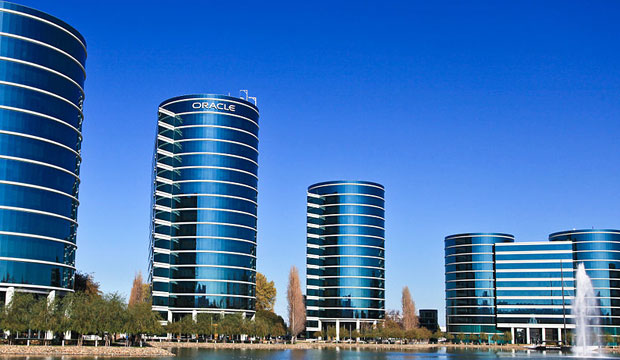OK, this is looking somewhat predictable.
Oracle has beat earnings estimates in seven of the past eight quarters, according to Forbes, with Q1 fiscal 2018 being its only miss. The company either met or slightly beat top-line expectations in six of the last eight quarters.
Oracle earlier this week reported US$9.20 billion in revenue, or $0.03 per share, against consensus estimates in the $9.24 to $9.29 range. In other words, it missed its number.
How concerning is this? Excuse me while I yawn. It’s important all right, but no reason to get crazy.
Still, some representatives of the widows and orphans who own the stock went into a tizzy, and some might have needed smelling salts or a stiff drink. By the way, if you’re wondering where the finance community ever got the widows and orphans meme, I’ve traced it back to Moby Dick. Seems whaling expeditions were once joint stock enterprises too.
At any rate, what does this miss mean? Many people are concerned that Oracle isn’t moving its customers to the cloud fast enough. The fact that the company made the results on that part of the business hard to get has gotten some people worried. I get that, but I don’t think anything awful is going on.
Q4 Hustle
First, this is Q1. As I recall from my sales days, in Q4 we wring the pipeline dry, selling anything that isn’t nailed down so that we can report fabulous results, make bonus money, and go to someplace warm on the company’s dime.
This strategy occasionally comes back to put teeth marks in our anatomy in the next quarter. That’s why in the software companies I’ve worked for, Q2 and Q4 were more important. The drain-the-pipeline fever has important side effects.
So it was Q1, and the company missed slightly. The stock should reflect this — but come back in from the ledge already. A more serious issue might be lurking in the shadows that better explains things or at least makes them understandable: Thomas Kurian recently went into hibernation.
Different Paths
Kurian has been at the company for more than 20 years, rising to the level of president of product development. Importantly, he was responsible for moving the company’s software to the cloud.
The rumor is that Kurian and Larry Ellison disagreed over the exact cloud approach. Kurian had wanted Oracle’s software to run in rival public clouds, such as Amazon Web Services (AWS) and Microsoft Azure, according to a Bloomberg report.
Ellison, on the other hand, doesn’t play nice in that sandbox. He wanted to take some of Amazon’s and Microsoft’s market share.
In Ellison’s defense, the Oracle database runs best on Oracle gear and so do its apps, so engaging with other platforms would be a performance issue. It also would be a marketing headache. How do you trash the other guys for being slow on the database side and still let your apps run there?
Still, there are lots of examples of customers and apps that might not need all of Oracle’s wonderfulness that could do just fine, thank you very much, running on someone else’s cloud. Other clouds also have the advantage of already being deployed, while Oracle is still building out its infrastructure, which I think is the core issue. However, running on the competition’s infrastructure means bringing them into your account and that’s not a good thing.
He’ll Be Back
So the tug of war seems to be about short-term vs. long-term gain, and Kurian could push only so hard against a founder. The company is careful to say that this is a time out and that Kurian will be back.
As CEO Mark Hurd said in response to an investor question, “Thomas is a good guy, works awful hard. He’s taking a break, and we expect him back.” There was no statement about Kurian’s eventual return date, though.
Let’s net this out. Oracle is a very big corporation serving the information needs of more than 420,000 similarly large (and small) companies around the world. Investors understandably are skittish about the transformation the company is in, and will remain in for about 10 years.
The directions attributed to Ellison and Kurian are less important to investors than the realization that in every company, in every transition, there are ups and downs. Look at any stock chart and you see a sawtooth pattern, not a straight line.
Oracle continues to execute on its plan, and the numbers have been good in the past and are likely to be so again. Stock prices fluctuate on the basis of earnings potential except when they fluctuate due to panic or overconfidence, and you can’t tell the difference, like right now.
In the recent past, customers have launched lawsuits over earnings numbers, and this easily could happen again. That has to lurk as a concern in Oracle’s executive suite. Regardless, the company needs to get its house in order and execute on a plan — any plan. One plan.


























































Social Media
See all Social Media